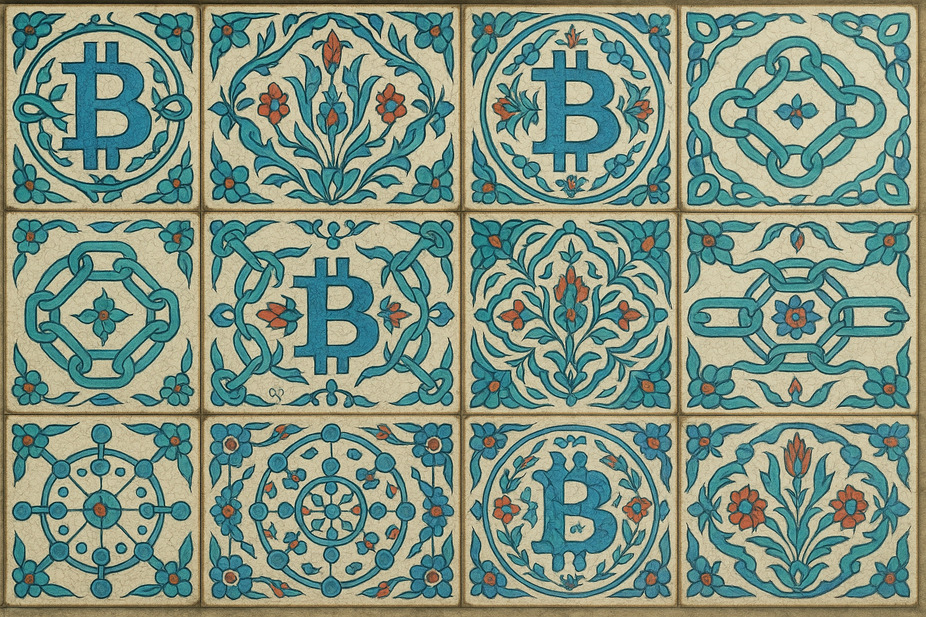What is Blockchain?

As digital technology reshapes the world, one innovation stands out as truly transformative: blockchain technology. First introduced as the foundation for cryptocurrencies like Bitcoin, blockchain has evolved into a powerful tool with applications across various industries. But what is blockchain? Let’s explore the blockchain concept in simple terms.
Blockchain technology overview
The blockchain technology definition refers to a decentralized digital ledger that records transactions across a network of computers. This system ensures transparency, security, and immutability without the need for centralized control.
Understanding blockchain basics begins with recognizing its roots. The first working model of blockchain was launched in 2009 with Bitcoin. Since then, the blockchain technology evolution has led to new platforms, from Ethereum to Hyperledger, expanding far beyond crypto applications.
How Blockchain works
To grasp the system, it’s helpful to start with a simple blockchain explanation. Blockchain is composed of blocks — data structures that hold batches of validated transactions. These blocks are linked chronologically in a chain, and the network is supported by multiple participants called nodes.
Here’s a brief overview of the blockchain process:
- A transaction is requested.
- The request is broadcast to a blockchain network of nodes.
- The network validates the transaction using a consensus mechanism.
- A new block is created to record the transaction.
- The block is added to the existing chain.
- The transaction is complete and permanently recorded.
Each block includes a unique code (hash) and a reference to the previous block, ensuring data cannot be altered retroactively. This structure makes blockchain technology both transparent and secure.
Blockchain network
At the heart of blockchain is decentralization. Instead of a single server or authority controlling the ledger, the data is distributed across many nodes. This removes the risk of single points of failure and enhances trust within the system.
Consensus mechanisms are vital to maintain network integrity. Some common models include:
- Proof of Work (PoW) — used by Bitcoin, requires computational effort to validate transactions.
- Proof of Stake (PoS) — used by Ethereum 2.0, validators are chosen based on token ownership.
- Delegated Proof of Stake (DPoS) — delegates are voted in to secure the network on behalf of others.
These protocols ensure agreement on transaction validity across the distributed system.
Blockchain use cases
Blockchain has become synonymous with cryptocurrencies, but its use goes far beyond financial applications. It is reshaping industries by improving transparency, reducing fraud, and enhancing operational efficiency.
Blockchain’s initial and most prominent use has been in financial services, powering cryptocurrencies, DeFi platforms, and cross-border payments. Beyond finance, it is increasingly applied in sectors like supply chain management, healthcare, voting, intellectual property, and real estate. These diverse use cases demonstrate blockchain’s versatility and value across both public and private industries.
Advantages and challenges
Blockchain technology offers numerous advantages, including transparency, as all transactions are visible and verifiable. It provides security through cryptographic methods that ensure data integrity and efficiency by automating processes with smart contracts. Its decentralized nature removes the need for a central authority, fostering trust across the network.
However, the technology also faces challenges such as scalability limitations, high energy consumption in certain consensus models, regulatory uncertainty, and complexity for new users. Addressing these issues is essential for blockchain to achieve widespread, mainstream adoption.
Conclusion
The future of blockchain technology is bright and full of potential. From cryptocurrencies to enterprise solutions, the blockchain continues to drive innovation across global markets.
In summary, blockchain is more than a buzzword — it’s a foundational technology that offers transparency, security, and decentralization. By understanding the blockchain technology structure, components, and principles, both individuals and businesses can prepare for the next wave of digital transformation. Platforms like ironwallet.io play a vital role in supporting secure and accessible blockchain engagement.












